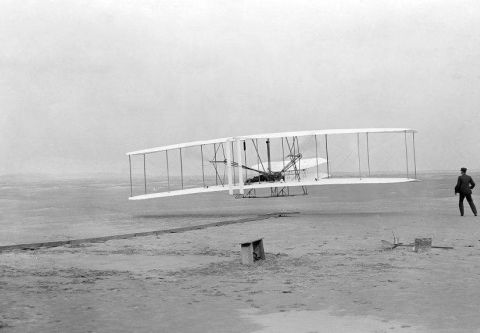
Pea Island is a particularly fine birding area, especially during the spring and fall. There is a variety and an abundance of bird life passing through the Atlantic flyway over Pea Island, one of several air routes that migrating birds use regularly during their semi-annual trips north and south.
The beginning birder should be armed with a good field guidebook and a pair of decent seven- to ten-power binoculars. A Google search of field guides will turn up a number of good ones, with the Sibley and Peterson guides being popular with local birders. Local bookstores stock these as well as others.
The easiest time to spot birds and identify them is spring. In most species, the males are more vividly colored during the mating season than at other times. Also, many passerines (perching birds) can be located – and often identified – by the particular song sung by the males to mark their territory during nesting season.
Pick a warm (not hot), dry day in the early morning when birds are feeding. (Woodland birds tend to take a siesta during the hot midday). Dress in drab clothing that doesn't rustle so that you can hear, and won't startle, the birds. Move slowly and quietly, listening and watching for movement in the trees or bushes. When you see movement, without taking your eyes off the spot, raise your binoculars to locate its source.
Some helpful hints for beginners trying to identify birds: First of all, determine the size of the bird. Compare your bird to one you are’re already familiar with such as a robin or a bluejay or even a pigeon. Note the dominant color, and then note the color of its beak, its throat, breast, wings, back and tail.
Pay close attention to the beak shape as well as its color. Seed-eating birds such as cardinals or sparrows, for instance, have relatively large, conical-shaped beaks suitable for cracking seeds, while flycatchers, which actually catch insects on the wing and thus have no need for this less aerodynamic appendage, have a slender bill.
Notice whether the bird has wing bars and, if so, how many. Does the tail have a band across it? A different color under the tail? What shape is it? Finally, pay attention to what the bird is doing. A flycatcher won't scratch around on the ground like a towhee, and you won't find a woodpecker sucking pollen like a hummingbird or probing in shallow water like a dunlin.
Don't be discouraged if you can't identify everything right away. Start an ever-increasing life list of birds you’ve identified to increase your pleasure in birding. You will probably find that even if you are a rank beginner, you can probably list a dozen birds that you already know. Note the date, the species and the location where you first identified the bird. You'll enjoy looking back over this list many times, and you will find you are eager to add to it. Good birding!






